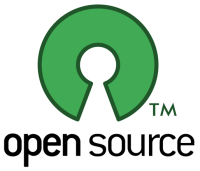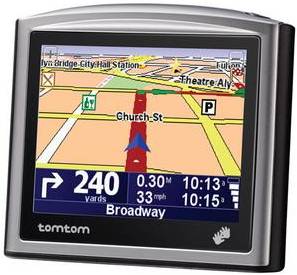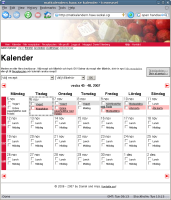Many (if not most – at least if we count every single project we can find) open source projects are mostly and primarily developed by volunteers on their spare time.
The volunteers may be professional developers, students, chefs or plumbers. When they work on their particular pet peeves they do that on time that would otherwise be spent with their family, with friends, sleeping, baking cakes, collecting stamps or similar.
 However, when this team of volunteers (which usually is a very small team in most projects, in fact most projects start with just a single guy or perhaps two in the developer team) is successful in producing a project or a tool that finds a larger audience something happens.
However, when this team of volunteers (which usually is a very small team in most projects, in fact most projects start with just a single guy or perhaps two in the developer team) is successful in producing a project or a tool that finds a larger audience something happens.
When more and more professionals out there start using this tool, when companies start to embed and integrate this product into their projects and start to rely on it for business and day to day routines, not only do the guys in the open source project get more patches, bug reports and quite possibly more volunteers joining the project, something else can happen:
Suddenly, the developer team may notice, most of the people that ask questions, have problems, report bugs, post patches are people that are getting paid while doing it! The project has gotten so popular many companies use it and ordinary employees are set to use it as part of their day time job. They get paid to use it, to fix it, to install it and to customize it.
The developer team – however – is still consisting of volunteering spare time hacking individuals who do this without any monetary compensation…
Of course, if the projects grow wildly popular they’re likely to be bought by a company and the dev team or at least a guy or two are likely to be hired by a company to do what he/they were doing, but successful open source projects aren’t really that attractive to companies to buy since they (the companies) can instead just collaborate a bit on the side and just use the software fine without having to buy it and without having to employ anyone from there.
Please note that whatever parallels to existing projects I may or may not be part of that you can find or imagine here, I’m not whining and I’m not complaining! This is just me taking notice of what I believe is an interesting paradox happening to some open source projects.

 Continued from
Continued from  One of the
One of the 


 reached a state where adding mrobe 500 builds to the
reached a state where adding mrobe 500 builds to the  I was just
I was just